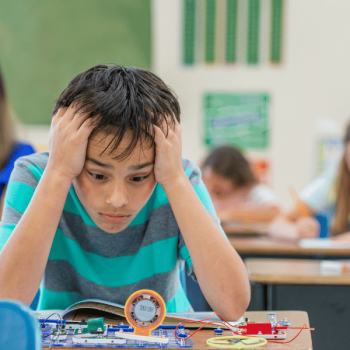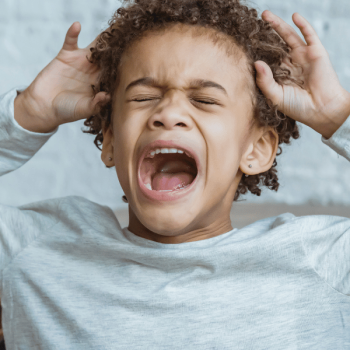- There is a lot going on in our kids’ minds and hearts—and now more than ever it is essential to understand it.
“Getting inside the head of your kid” is the subtitle of our book For Parents Only, and now more than ever it is crucial to try to do exactly that.
A few days ago, I did a virtual parenting event for a church in New York City, where most kids have had zero in-person classroom learning since March 13, 2020. I explained that I am not a normal parenting expert who can help them understand top-down parenting techniques such as how to handle social media violations or establish dating rules. Instead, my narrow goal was to help these parents come alongside their kids during an incredibly tumultuous time. To see some of the hidden worries and hopes in their hearts, and use this time as an opportunity to speak to those and walk with them.
That’s my goal for us here, too. Because the truth is: there is a lot going on under the surface in our kids right now. And we have to be predisposed to go looking for it, since we may not see it otherwise.
Which leads to the second thing we need to know.
- Our kids are facing an unprecedented level of anxiety.
The entire population has had an unprecedented spike in mental and emotional health issues—and the situation is most acute for kids. The ratio of adults with anxiety and other issues jumped from 11% in 2019 to 41% today.
But for our kids, the numbers started higher—and ended higher.
We don’t yet have a good apples-to-apples comparison, but as a rough overview, in 2019 22% of kids had clinically-significant anxiety or other mental/emotional health issues. Today, according to a survey of parents, the ratio is 59%.
The top issues for kids ages 2-18 were social isolation/loneliness, anxiety, trouble concentrating, and difficulty handling emotions. And those issues, among many others, are only those that are visible; those numbers don’t even include the hidden worries and fears in a child’s heart that aren’t visible on the surface.
Now, almost certainly, some of the parents’ concerns (some of that 59% number) likely wouldn’t rise to the level of a clinical diagnosis. But just as certainly, many parents probably aren’t noticing some things that a clinician would see. So it is quite likely that 6 in 10 kids are indeed going into this school year with one or more of these issues.
We as parents must be looking under the surface in our kids. Both so they know they are not alone, and so we can help them navigate the uniquely choppy waters of this time.












